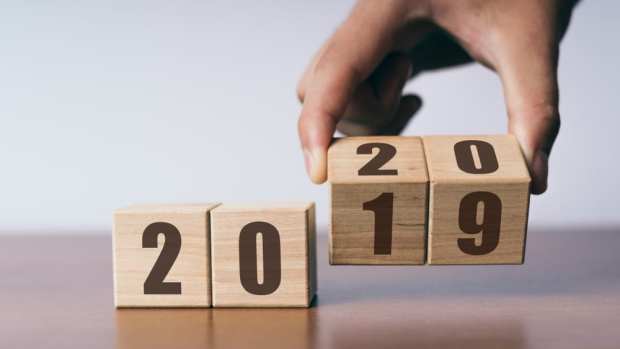Summer Reading: Looking Back And Forward In Payments, Through The Decades

Garbage in, garbage out, goes the old saying.
Summer reading of the tawdry kind may beckon. Beach reads. On your tablet or smartphone, you may wish to keep up with the keeping up of Kardashians. You may be fixated on the zombies, the binge watching that has been neglected.
Might we suggest a bit of weightier fare? The kind that feeds your mind and pays dividends?
We’re at the very tail end of a decade, entering a new one, which of course would be the 2020s, a few months away. And that’s a good place to take stock, per the “Innovation Ripple Effect” publication that bowed at the end of last month.
We asked a deceptively simple question: What was the most significant innovation in the payments space in the past decade, where the ripple effects are still being felt and will reverberate beyond the present?
The insights here come from 29 C-level executives from several avenues of payments expertise. The titles are weighty ones — CEOs, CTOs, founders, heads of business units. The experience spans business functions at the heart of payments, from receivables to treasury. The technology and techniques discussed ranged from APIs to risk analysis.
The answers were as varied as the executives who responded. A smattering follows:
Pointing to devices, Rob Eberle, president and CEO of Bottomline Technologies, singled out the debut of the iconic iPhone, which he said “profoundly changed the expectations of consumers,” in in an increasingly interconnected world. That interconnectivity takes place against, and feeds into, an increasingly mobile world, where Yinglian Xie, CEO and co-founder of DataVisor, told PYMNTS that “mobile has changed human behavior. We don’t just use money differently. We think about it differently.” With that changed thinking comes changed expectations about the way we pay, increasingly cashless in manner. As Gerhard Oosthuizen, chief technical officer of Entersekt, remarked, with a nod to one-click shopping and Uber fostering seamless payments, “payments have, over the last decade, started taking their rightful place, somewhere far in the background, just close enough to feel comfortable and in control, but not too close to spoil the moment.”
One hallmark across payments has been speed, of course, and faster payments — championed by way of example of India’s UPI by Citi’s Manish Kohli, global head of payments and receivables, Treasury and Trade solution— will soon be on offer almost everywhere. By the end of 2020, and at the next decade’s dawn, more than 80 percent of the world’s economy will have access to instant payments. That’s especially important as the gig economy emerges, which Deva Annamalai, head of payments strategy of solution consulting at Fiserv, said had demanded payment in real time.
In these virtual pages you’ll gain a sense of what mattered a decade ago, what matters now, and what will matter through the next decade in payments and commerce. And because it’s an eBook, you can even tuck it in among the web pages you’ve bookmarked on your favorite pop bands and pop divas. We won’t tell.
